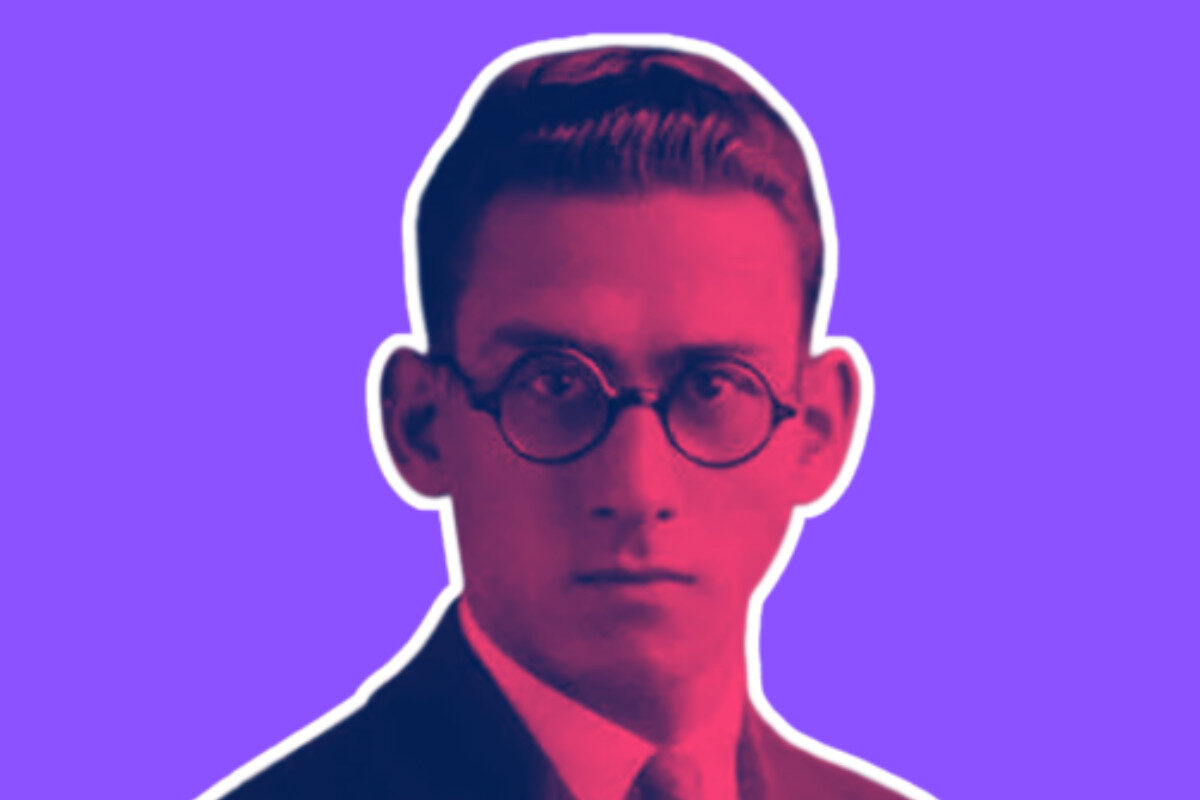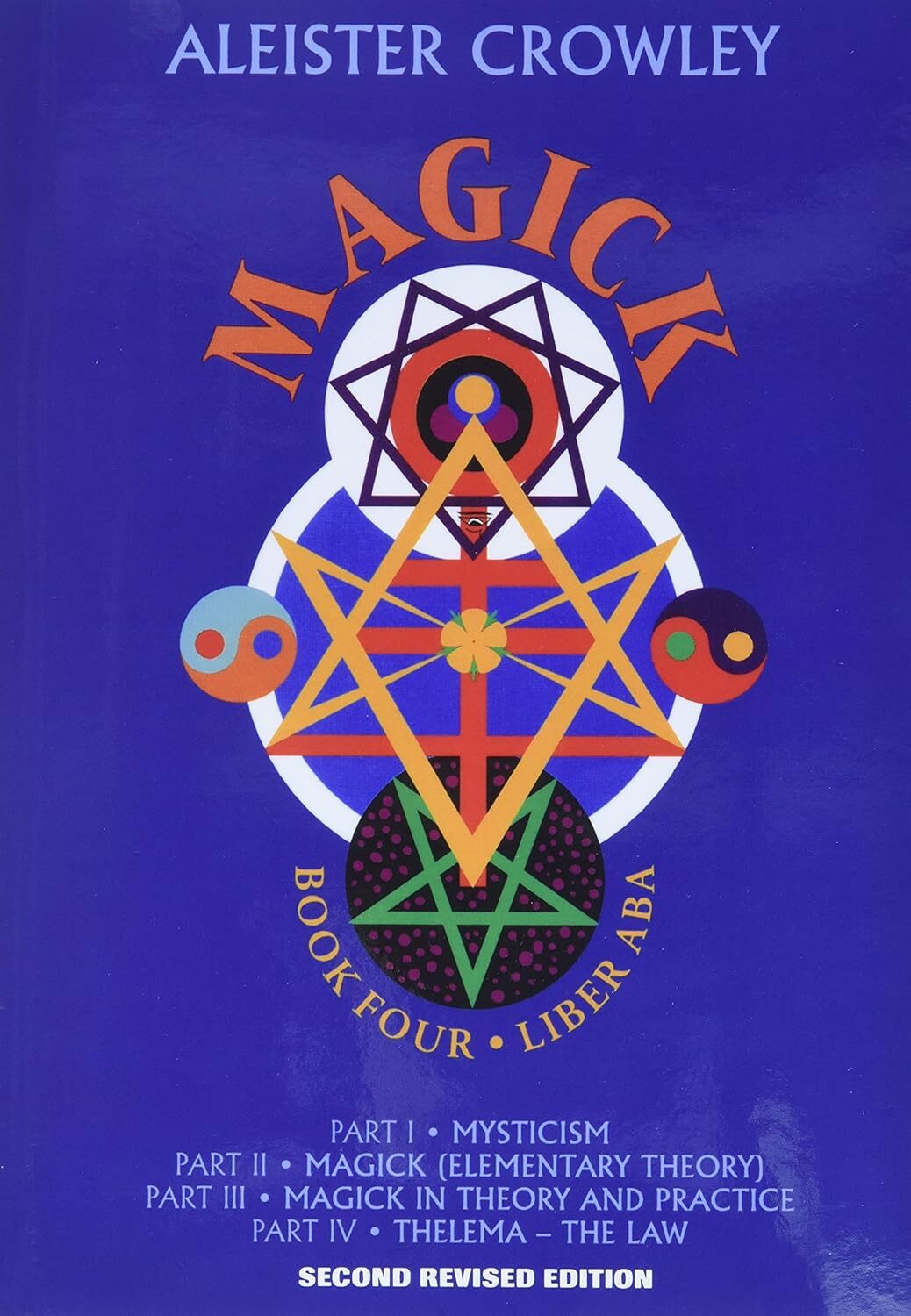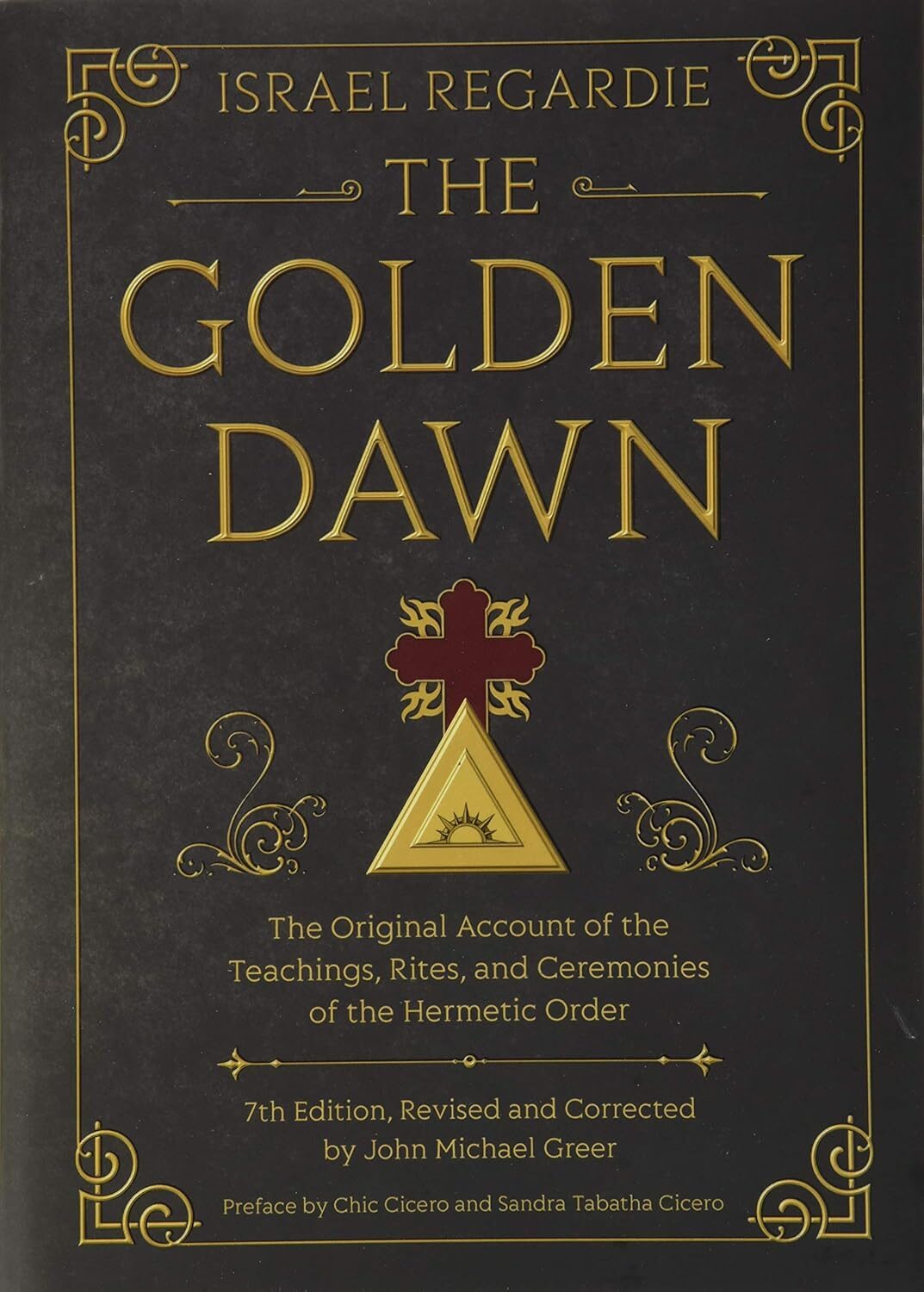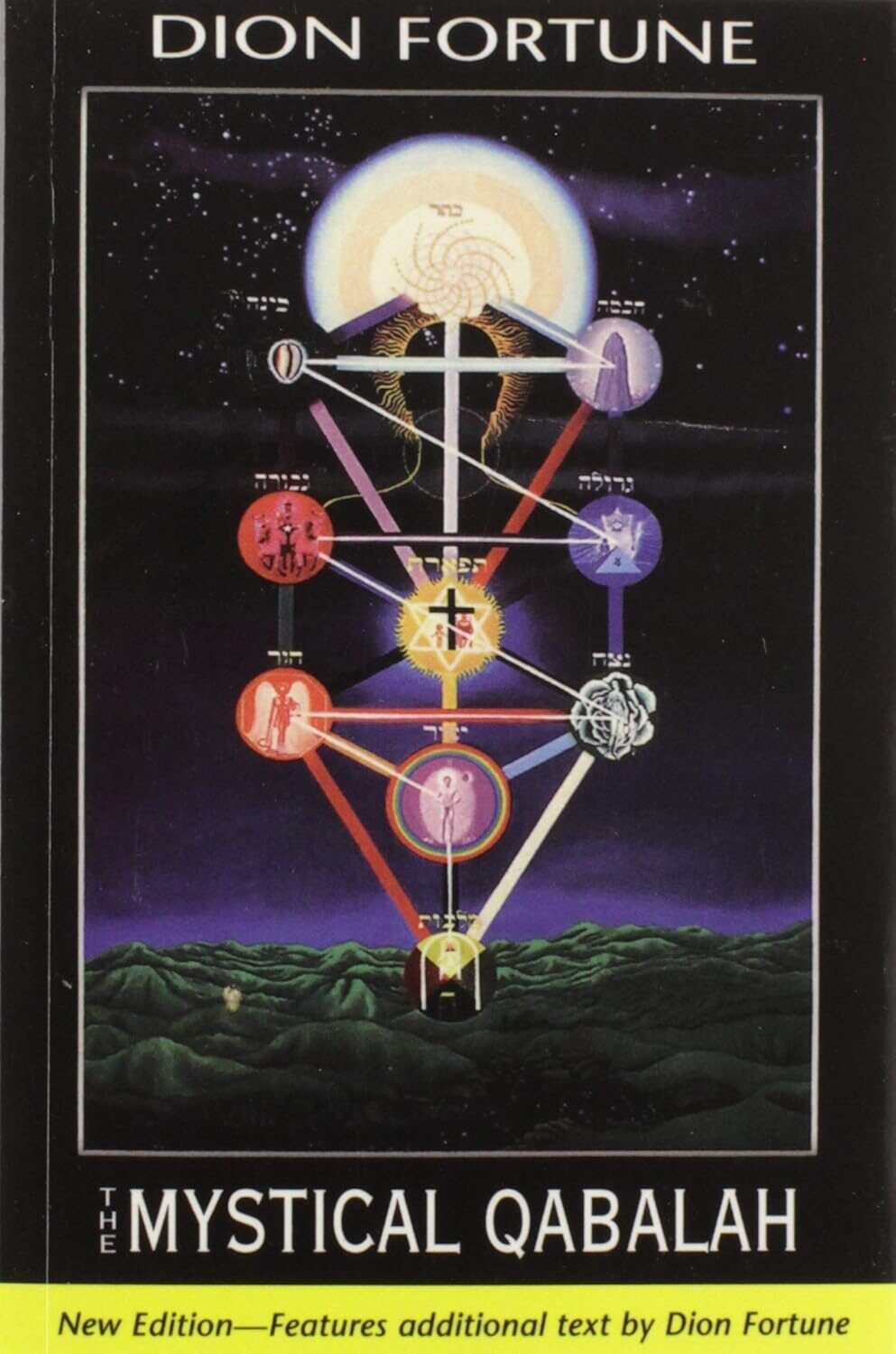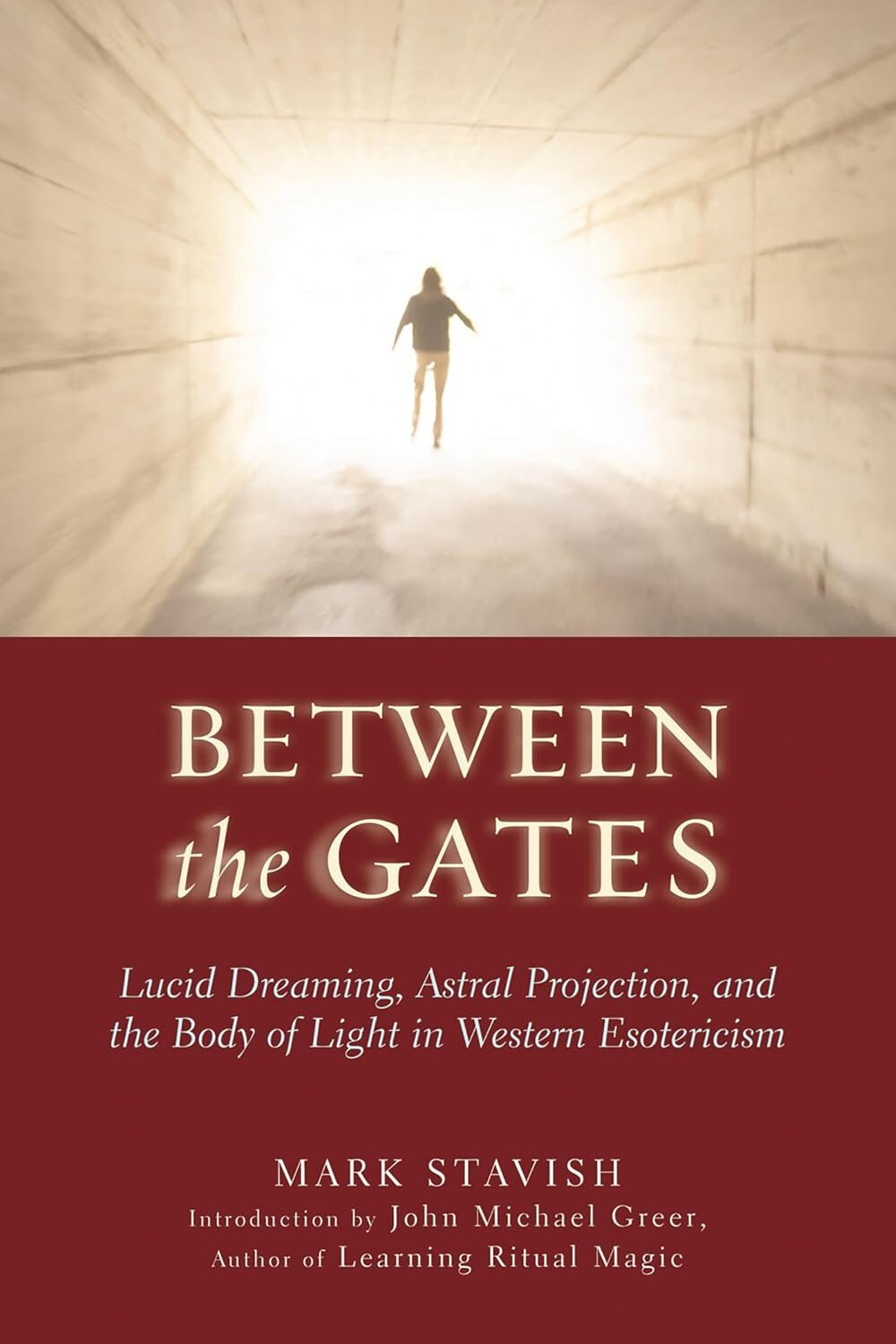Early Life & Spiritual Awakening
Born Francis Israel Regudy on November 17, 1907, in London’s East End, Regardie grew up in a working-class household of Orthodox Jewish immigrants from Zhitomir (modern-day Ukraine). His father worked as a cigarette maker, and the family struggled financially, living among London’s poor Jewish community. Despite these hardships, Regardie showed an early intellectual restlessness that set him apart.
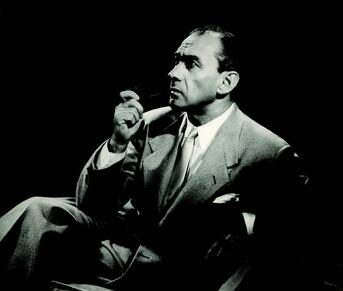
In 1921, when Israel was thirteen, the Regudy family emigrated to the United States, settling in Washington, D.C. This relocation proved pivotal: America gave the young Regardie access to libraries, teachers, and ideas far beyond the narrow confines of his Orthodox upbringing. Though his parents were devout and insisted on a literal reading of Jewish texts, Israel grew frustrated with what he saw as rigid dogma and sought deeper, universal truths.
As a teenager, Regardie plunged headfirst into the world of esoteric philosophy and comparative religion:
- He taught himself Hebrew, a skill that would later prove invaluable for his studies of Hermetic Qabalah.
- He read the works of Helena Blavatsky, founder of Theosophy, which opened his mind to mystical traditions beyond Judaism.
- He explored Hindu philosophy, studying the Upanishads and the Bhagavad Gita.
- He encountered Buddhist texts, including the Dhammapada and Milinda Panha, which introduced him to meditation and the concept of inner liberation.
- He began investigating Jewish mysticism, blending it with his interest in universal esoteric currents.
A voracious reader, Regardie became a familiar figure at the Library of Congress, where he devoured occult works by authors like Éliphas Lévi and A.E. Waite, alongside studies of yoga, alchemy, and mysticism. By his late teens, he was already charting an intellectual path that crossed East and West, psychology and mysticism, religion and philosophy.
His fascination with yoga and Eastern philosophy soon brought him into contact with the writings of Aleister Crowley, whose Book 4 included practical discussions of yoga and ceremonial magic. Struck by Crowley’s daring synthesis of mystical traditions, Regardie felt he had found a teacher who could connect the spiritual practices of the East with the magical currents of the West.
In 1928, at just 20 years old, Regardie wrote to Crowley directly—and to his surprise, the Great Beast himself responded. This bold act would change the course of his life, setting him on the path from student of mystical books to active participant in the living Western Mystery Tradition.
Apprenticeship with Aleister Crowley (1928–1932)
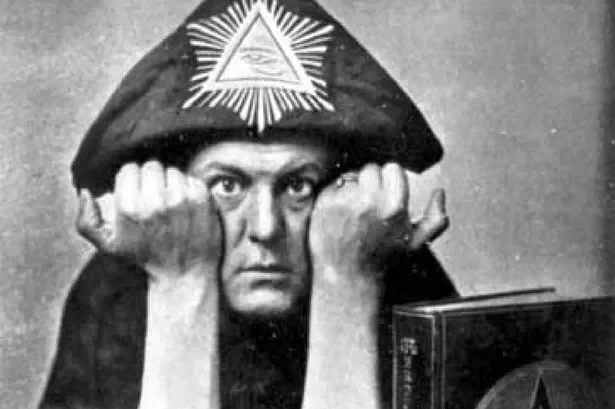
At just 20 years old, Israel Regardie made a bold leap: in October 1928 he sailed to Paris to become the personal secretary of Aleister Crowley, the self-styled “Great Beast” and already infamous figure in the occult world. For the next four years (1928–1932), Regardie lived and worked closely with Crowley, first in Paris, later in Brussels, and finally in England, gaining an intimate education in both the brilliance and chaos of Crowley’s world.
As secretary, Regardie’s responsibilities were wide-ranging. He managed Crowley’s correspondence, typed and edited manuscripts, and helped organize the scattered body of Thelemic writings. He also acted as scribe for Crowley’s visionary texts and absorbed first-hand the master’s synthesis of yoga, ceremonial magic, Qabalah, and Eastern philosophy. For a young occultist hungry for real instruction, it was an apprenticeship like no other.
Crowley encouraged Regardie to break through his inhibitions, sometimes in unsettling ways—pushing him toward sexual experimentation and advocating a radical rejection of social taboos. While Regardie respected Crowley’s knowledge and charisma, he also became deeply aware of his contradictions: flashes of genius alternating with erratic behavior, financial irresponsibility, and manipulative relationships with students and patrons.
The experience left a lasting imprint. Regardie came to revere Thelema as a profound spiritual and magical system, but he also grew determined not to become trapped in Crowley’s orbit. By 1932, when financial troubles forced Crowley to dismiss him, the two parted on relatively cordial terms.
Looking back, Regardie would describe his time with Crowley as both formative and disillusioning: formative in that it gave him access to the inner workings of modern ceremonial magic, disillusioning in that it revealed the dangers of ego, instability, and unchecked power within esoteric movements.
Armed with Crowley’s training but determined to avoid his excesses, Regardie began the next phase of his life—one that would eventually establish him not as a mere disciple, but as one of the great preservers and systematizers of the Western Mystery Tradition.
The Golden Dawn & Stella Matutina (1934–1937)
After parting ways with Crowley, Israel Regardie sought a more structured, traditional approach to ceremonial magic. In 1934, he joined the Stella Matutina (“Morning Star”), one of the last active offshoots of the Hermetic Order of the Golden Dawn.
Taking the magical motto Ad Majorem Adonai Gloriam—“To the Greater Glory of God”—he advanced quickly through the grades, demonstrating both discipline and an exceptional grasp of the Qabalistic system at the heart of Golden Dawn teachings.
Yet, once again, Regardie grew disappointed. The Stella Matutina, once vibrant, had by the 1930s become, in his eyes, stale and self-important. Its leaders, more concerned with titles and hierarchy than with true spiritual progress, seemed out of touch with the living current of the tradition. To Regardie, the order was in danger of withering away, and with it the entire Golden Dawn system.
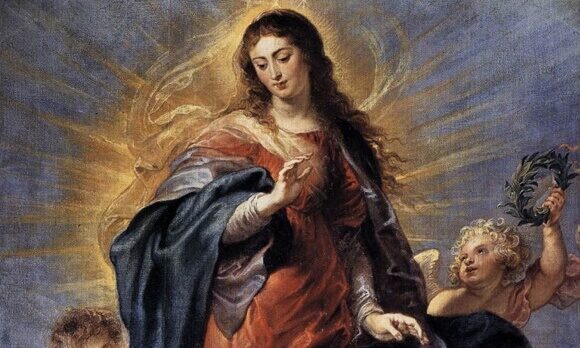
Determined that this profound magical framework should not die in obscurity, Regardie made a radical and controversial decision: to publish the entire body of Golden Dawn rituals and teachings. Between 1938 and 1940, his four-volume work The Golden Dawn appeared in print. For the first time, the complete ritual system—including initiation ceremonies, pathworkings, Qabalistic correspondences, and magical techniques—was available to the public.
This act was nothing short of revolutionary. By breaking the oath of secrecy he had sworn upon initiation, Regardie earned the condemnation of many occultists of his day. Some denounced him as a traitor, others went so far as to claim he had cursed himself by betraying sacred vows. Even Aleister Crowley, who had himself published Golden Dawn material, accused Regardie of theft.
But history has proven him right. The Golden Dawn ensured that the system did not vanish with the decline of its last lodges. Instead, it became the blueprint for modern ceremonial magic.
Every revival of the Golden Dawn since the mid-20th century, along with much of modern Wicca, Paganism, and Western esotericism, owes a direct debt to Regardie’s decision to put these teachings into the hands of ordinary seekers.
What was once restricted to sworn initiates became accessible to anyone willing to study and practice. In effect, Regardie democratized the mysteries, revitalizing a tradition that might otherwise have been lost.
Life in America: Psychology & Healing
Returning to the United States in 1937 after nearly a decade abroad, Israel Regardie redirected his attention from the turbulence of occult orders to the science of healing and psychology. Convinced that genuine magic was as much about inner transformation as it was about ritual, he immersed himself in modern therapeutic methods.
He trained in chiropractic medicine, graduating in 1941, and also pursued advanced studies in psychology, eventually earning a doctorate in clinical psychology. Deeply influenced by both Carl Jung and Wilhelm Reich, Regardie explored how the unconscious mind, repression, and energy flow affected both mental and physical health.
From Jung, he drew on the concepts of archetypes, shadow work, and individuation.
From Reich, he adopted techniques for releasing “character armor” and restoring the natural flow of vitality in the body—ideas that resonated with the magical notion of subtle energy or life force.
These psychological insights became the backbone of his next phase of writing. Books such as The Middle Pillar (1938) and The Art of True Healing (1932) offered methods that blended Hermetic Qabalistic ritual with psychological self-analysis and energy healing.
In them, Regardie argued that magical practice was not just about summoning spirits or manipulating forces—it was also a therapeutic process designed to integrate the psyche, balance inner energies, and foster spiritual wholeness.
This was groundbreaking. At a time when ceremonial magic was often caricatured as arcane or superstitious, Regardie reframed it as a practical system of self-healing. He showed that techniques like visualization, invocation, and energy work could complement psychotherapy, offering seekers both psychological relief and spiritual empowerment.
By the late 1940s, Regardie had established a thriving chiropractic and psychotherapy practice in Los Angeles, where he worked for decades. He treated not only patients seeking physical healing, but also students and occult practitioners who sought his guidance on spiritual development. Many later teachers of the occult credited him as a mentor or direct influence.
Through this fusion of magic and psychology, Regardie helped lay the foundations for what we now call transpersonal psychology and energy healing. His insistence that ritual magic was also a form of therapy for the soul forever changed how the Western Mystery Tradition was understood and practiced.
Areas of Expertise
- Ceremonial Magic: Especially the Golden Dawn system of initiation and ritual.
- Hermetic Qabalah: Regardie’s A Garden of Pomegranates and The Tree of Life remain classics.
- Psychology & Esotericism: Fused Jungian and Reichian methods with magical practice.
- Energetic Healing: Developed the Middle Pillar Exercise, still widely used in magical training.
Notable Works
- The Golden Dawn (1938–40) – Four volumes preserving the complete system of Golden Dawn ritual magic.
- The Tree of Life (1932) – A practical textbook on magical theory and practice.
- A Garden of Pomegranates (1932) – Introduction to Qabalistic symbolism and meditation.
- The Middle Pillar (1938) – Landmark work on energy work, psychology, and ritual.
- The Art of True Healing (1932) – Practical manual of healing through visualization and prayer.
- The Eye in the Triangle (1970) – A memoir-biography of Crowley, blending admiration with critique.
- The Complete Golden Dawn System of Magic (1984) – His final, massive compendium.
Legacy & Influence
- Keeper of the Golden Dawn Flame – Without Regardie, the rituals and teachings of the Golden Dawn might have vanished. His decision to publish them allowed countless occultists, witches, and magicians to study and adapt the system.
- Bridge Between Psychology & Magic – Like Dion Fortune, he was a pioneer in using psychological concepts to deepen magical practice. His emphasis on healing, integration, and self-knowledge made ceremonial magic more accessible and less dogmatic.
- Influencer of the Occult Revival – During the 1960s–70s counterculture, his works inspired new magical orders, Wiccan groups, and independent practitioners.
- Lineage Holder – Late in life, Regardie performed rare initiations, transmitting a valid Golden Dawn lineage to America.
Today, Israel Regardie is regarded as one of the indispensable architects of modern Western esotericism. His books remain on the shelves of nearly every serious occult student, ensuring that the wisdom of the Golden Dawn continues to evolve and inspire.
Timeline of Key Events
| Year | Event |
|---|---|
| 1907 | Born Francis Israel Regudy in London. |
| 1921 | Family emigrates to Washington, D.C. |
| 1928–32 | Secretary to Aleister Crowley in Paris & London. |
| 1932 | Publishes A Garden of Pomegranates and The Tree of Life. |
| 1934 | Joins Stella Matutina (Golden Dawn offshoot). |
| 1938–40 | Publishes The Golden Dawn in 4 volumes. |
| 1941 | Earns chiropractic degree; later doctorate in psychology. |
| 1947 | Moves to Los Angeles, begins psychotherapy practice. |
| 1970 | Publishes The Eye in the Triangle. |
| 1984 | Publishes The Complete Golden Dawn System of Magic. |
| 1985 | Dies in Sedona, Arizona, aged 77. |
Final Thoughts
Israel Regardie was more than a writer—he was a custodian of a tradition. By preserving the rituals of the Golden Dawn and blending them with modern psychology, he ensured that Western magic would not fade into obscurity but thrive as a living, evolving practice.
If Dion Fortune gave the Western Mystery Tradition its psychological depth, Israel Regardie gave it its practical backbone. Together, they remain two of the most essential guides for anyone walking the modern esoteric path.
